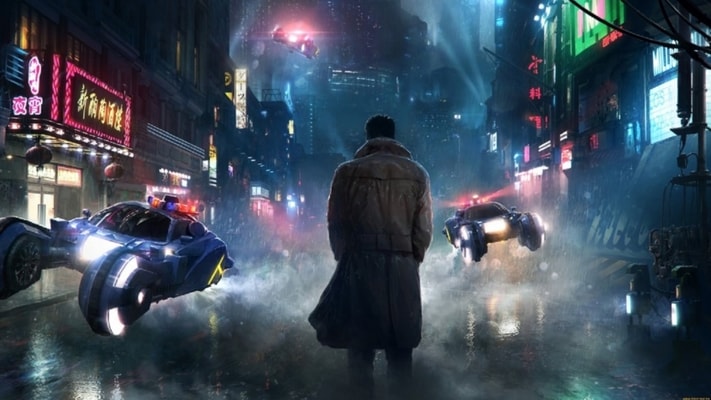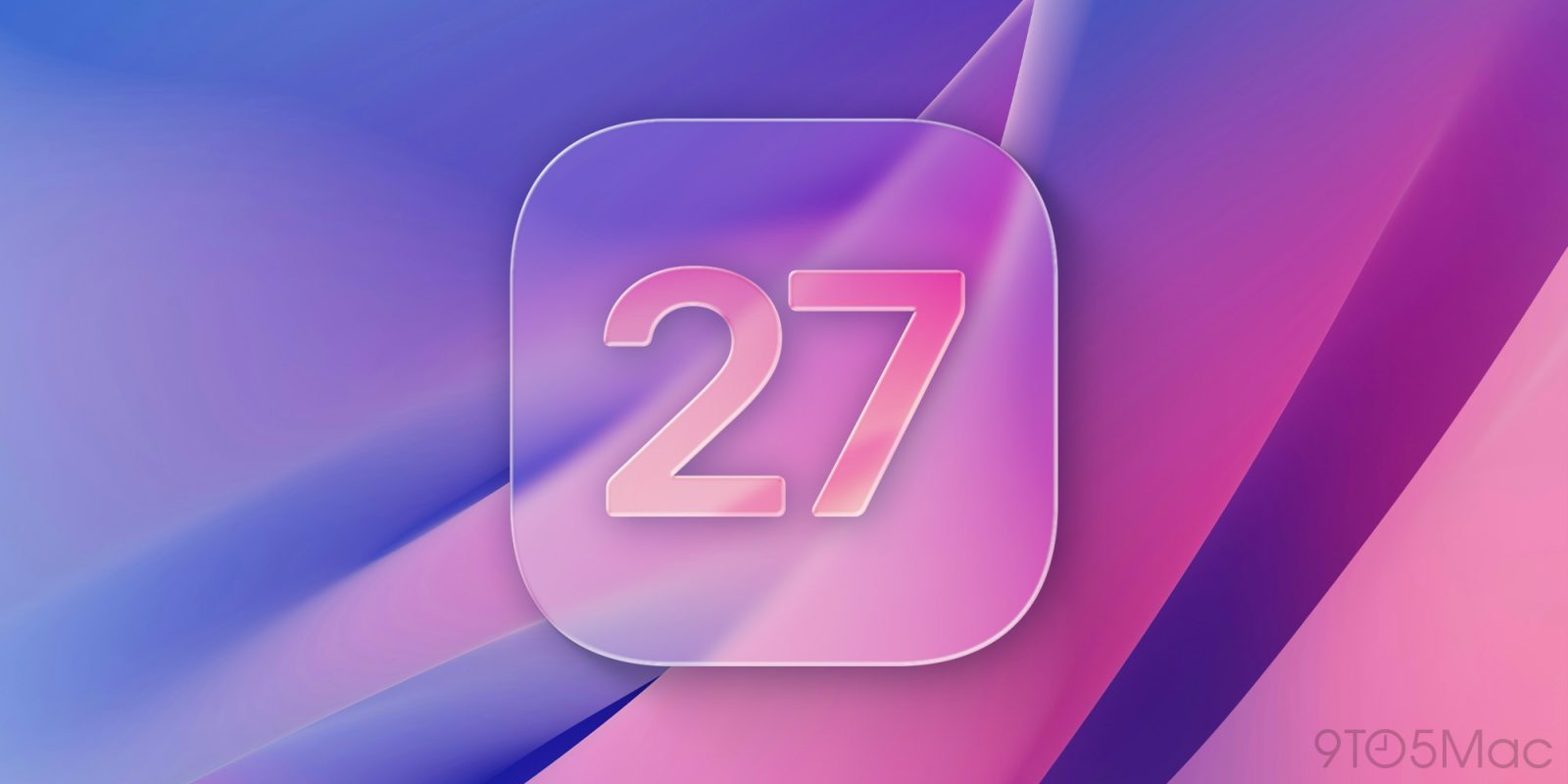
Blade Runner was perhaps the most widely admired science fiction film to come out of the 1980s. The movie is set in a dark, rainy, multilingual Los Angeles where a detective in a trench coat trails a gang of biochemical replicant who escaped from an off-world colony. This was a time rich in science fiction, fantasy, and special effects. Which meant that this movie originally wasn’t a hit. But over the years, and due to multiple re-releases, Blade Runner has grown in stature and influence and now it is the genre. Well, with the exception of 2001: A Space Odyssey.
With a sequel that was just released, it seemed only fitting to talk about some of the best science fiction movies to come out, since the original Blade Runner made its debut. How can we qualify science fiction, exactly? Think about it in terms of futurological imagination. Perhaps technologies that haven’t been invented yet, or places that haven’t been discovered. Sci-fi films tend to beg us to question their realities, rather than give us an explanation that we accept willingly.
35. Dune (1984)
Kyle MacLachlan stars as the heir of a noble house who leads the planet’s native inhabitants in a rebellion. David Lynch wades through dark waters in his adaptation of Frank Herbert’s cult science fiction novel. The story takes place in the year 10,191. The universe is governed through a system of feudal rule, presided over by Padishah Emperor Shaddam IV (José Ferrer), who appears to take his marching orders from something that resembles a talking vagina. In the kingdom are two rival houses — the House of Atreides and the House of Harkonnen. Each house is trying to gain dominion over the universe, but that dominion can only be gained by the house that controls the Spice, a special substance that permits the folding of time. The Spice is only available on the desert world of Arrakis, or Dune.
34. Battle Royale (2000)
This movie was condemned by Japanese parliament and even shunned by some North American distributors. Why? The movie was a pretty cruel way to deal with overpopulation. And it’s a movie! You remember what it was like to be in high school – everything felt like life or death. Battle Royale inflates those feelings to allegorical proportions. The film still managed to influence some pretty big franchise – like the Hunger Games or Kill Bill. But perhaps its greatest impact is in making a sci-fi film out of the sneaking, teenage suspicion that everyone is out to get you.
33. Moon (2009)
Duncan Jones earned a BAFTA for his 2009 debut. The film is about a lone astronaut who spends his days mining the lunar surface for a corporation. At night be builds models, and argues with his robot friend, played by Kevin Spacey. Shortly before Sam Bell is scheduled to go home, an on the job accident permanently disrupts his monotonous routine, and Moon ends up going into a really weird direction. Like all the best sci-fi, Jones’ film asks questions that we’re not yet equipped to answer, the big, heady stuff about who we are, where we’re headed, and how much damage we’re going to do to ourselves along the way.
32. The Adventures of Buckaroo Banzai Across the 8th Dimension (1984)
W.D. Richter’s debut follows a neurosurgeon/test pilot/rock star (Peter Weller) as he defends Earth from an inter-dimensional alien takeover. But the plot couldn’t be more beside the point. Taking their cues from a variety of pop culture—The Fantastic Four, Thomas Pynchon, Orson Welles, ’70s kung fu, Elvis Costello—the movie creates a complex world and then have the confidence never to over-explain it, instead, allowing viewers to comb through the thicket of gags on repeat viewings. What really keeps them coming back is the generosity of spirit baked into everything from the performances to the intricate production design.
31. The Host (2006)
A horror thriller, a political satire, a dysfunctional family comedy, and a touching melodrama, Bong Joon-ho’s “The Host” is also one hell of a movie. It’s the recombinant offspring of all those science-fiction pictures of the 1950s and 1960s in which exposure to atomic radiation (often referred to as both “atomic” and “radiation”) or hazardous chemicals (sometimes also radioactive) results in something very large and inhospitable.
30. Looper (2012)
In 2044 Looper, time travel exists, but it’s mainly used by a giant organized crime syndicate, which sends hit men who have outlived their usefulness back in time to be murdered by their younger selves. Getting your head wrapped around the premise is only half the fun of Rian Johnson’s futuristic noir, which casts Joseph Gordon-Levitt as one of these so-called Loopers, who gets into a jam when he fails to kill the 30-years-later version of himself, played by Bruce Willis. Inventively made on a modest budget, Looper helped Johnson score a pretty plum gig; his next project is a little movie called The Last Jedi.
29. Snowpiercer (2013)
In Bong Joon-ho’s Snowpiercer, the remnants of humanity pack tightly into train cars, where “first-class passenger” has taken on a new meaning. Uprisings are a common occurrence, but they’re brutally suppressed. Though there’s really only one way out of this dystopian nightmare – there’s nothing straightforward about Bong’s vision. Parallels are easy to draw, but Bong’s class-warfare parable is unlike any other, in part because the character development is as plentiful for the have-nots as it is for the haves. The result is equal parts grimy fable and post-apocalyptic action movie, powered by a soulful lead performance by Captain America himself, Chris Evans.
https://www.youtube.com/watch?v=p2MEaROKjaE
28. The Ghost In The Shell (1995)
The Ghost in the Shell has a ton of animated machines: enormous mechanical firearms, boxy cars, and helicopters, intricately locking steam-powered doors and blinking UX display full of hallucinatory information. It also has humans, but they remain static for whole scenes, barely blinking. In fact, you never even see Batou’s eyes. Mamoru Oshii’s cyberpunk masterpiece explores a world in which the lines between human and machine are increasingly blurry, but it has a clinical, almost procedural air, with the bureaucratic intrigue and moody, neon-lit nightscapes of a Michael Mann film. Despite being released in the same year as some other pretty big films (The Net, Hackers, Johnny Mnemonic), The Ghost in the Shell manages to render the digital infosphere at once mundane and liberating, an agent of change to be anticipated, protected, and exploited.
27. Donnie Darko (2001)
Richard Kelly’s debut is less of a straight science-fiction film than a metaphysical meditation on teenage alienation. In his breakout role, Jake Gyllenhaal uses his haunted eyes to their greatest effect as the titular troubled kid, living in an anonymous late ’80s suburb. He’s plagued by nightmarish visions of a man in a rabbit costume, ominously counting down to the apocalypse. Kelly’s film creates a sustained mood of dreamy portent, full of Lynchian surreality, eerily calm silences, and some of the best use of gloomy new-wave ever committed to celluloid.
26. The Terminator (1984)
The Terminator was a low budget science fiction action flick that launched James Cameron’s career. It begins its mirror dance of destruction and destiny with a tank-bot crushing human skulls in a post-apocalyptic wasteland and two nudge figures materializing from blobs of animated lighting in mid-1980s Los Angeles. One is a human soldier (Michael Biehn) thrown back in time to protect a diner waitress named Sarah Connor (Linda Hamilton), the other an unstoppable machine (Arnold Schwarzenegger) sent to kill her; their paths will eventually cross on a dance floor.
25. They Live (1988)
John Carpenter’s 1988 cult classic isn’t subtle about its anti-capitalist message. It displays “OBEY” across billboards for anyone to see. One thing to remember about They Live is that, in many ways, the 1980s were a nightmare. It was the era of Ronald Reagan and the Moral Majority when government officials were the unapologetic lapdogs of large corporations, a time of late Cold War paranoia when greed and empty image were king, when civil rights and free speech were under daily threat and mainstream America seemed to swallow it all without question. Sounds familiar, doesn’t it?
24. Inception (2010)
The labyrinth in Inception is the most important piece of technology. Why? Because it’s particularly unsolvable and it reconfigures itself at every turn and reveals mazes within mazes. Director, Christopher Nolan literalizes the puzzles as three-dimensional space, staging them as crumbling modernist nowhere. It’s both strange and beautiful that all of these serpentine mechanisms reveal at Nolan’s most personal film. The main character finds his way out of one maze and stops wondering if he’s in another. Which is an idealistic resolution as anyone could dream.
23. Edge of Tomorrow (2014)
Doug Liman’s fiendishly clever almost-hit feels like a new classic of the genre, one that can be comfortably re-watched about as many times as its main character dies. Tom Cruise’s character is drafted into the real-life game of Space Invaders. He gets trapped in a loop of his final hours. Like Bill Murray in Groundhog Day, he becomes a better man, or in this case a better soldier, through repetition. He also falls in love with Emily Blunt’s character who forgets him after each reset (sad). It’s difficult to keep rewatching the same thing over and over again, but it’s also kind of amusing.
22. Upstream Color (2013)
The puzzle is wriggling larvae, blue-tipped orchids, fatted sows, and a couple with a bond on the molecular level. Shane Carruth takes far more interest in rendering the pieces of this vivid puzzle with stunning clarity than fitting them together for us. The audience instead processes this enigma on experiential, even spiritual terms. And while Carruth has rightly drawn praise for his quixotic impulse to do it all, his collaborators brought a lot to the table as well. Costar Amy Seimetz sprints the entire emotional gamut, and co-editor David Lowery’s fairy dust has been sprinkled all over the final cut. But it’s Carruth who has the direct link to the primal energy source.
21. Jurassic Park (1993)
Jurassic Park was one of the most rousing, and financially successful blockbusters of the 1990s. It takes three scientists and a couple of kids and puts them in a theme park where cloned dinosaurs have been let loose in a perfect storm of hubris and greed. You know the premise of this story, and it’s not exactly profound stuff. Steven Spielberg’s mastery of special effects has rarely been more seamless than in this movie. The moral of the movie is that the wonders of technology are best handled with care. Jurassic Park is an incredible film. One that if you haven’t seen yet, you should definitely check it out ASAP.



